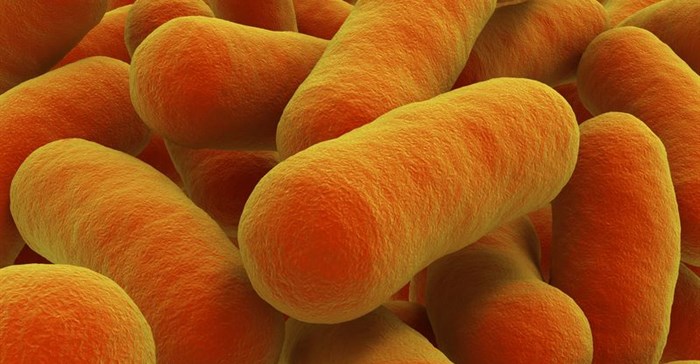Treatment doe not kill TB completely
“Previous research has shown that the bacteria (mycobacterium tuberculosis) have a remarkable ability to survive, even in the presence of antibiotics, and that these persisting bacteria are very difficult to detect or to destroy,” says the lead researcher, Dr Stephanus Malherbe, from the Immunology Research Group (IRG) at Stellenbosch University’s faculty of medicine and health sciences (FMHS).

Study
The study tracked areas of inflammation in the lungs of 99 HIV-negative adults in Cape Town that were diagnosed with TB. PET/CT scans performed during and after treatment revealed that only 14% of patients had no remaining inflammation in the lung after TB treatment was completed.
In 86% of the patients, some lesions with active inflammation remained, and in roughly a third of patients, new or apparently exacerbated lesions were seen in spite of most patients being cured. Patients are considered cured after treatment if their symptoms improve and no TB bacteria are detected in sputum by standard tests.
In many of these patients traces of TB (in the form of bacterial mRNA) was also detected in the sputum and fluid obtained through lung washings. “mRNA is a type of nucleic acid formed during metabolism and decays rapidly. Its presence would suggest that there are still live bacteria in the lung after clinically successful treatment,” explains Malherbe.
“These new findings are surprising and point to a very important role for the body's immune response to suppress or eradicate any residual live bacteria after treatment. This suggests that treatment aimed at boosting the immune response may improve treatment outcomes in the future,” says Malherbe.
A global killer
In spite of treatment programmes providing highly effective and lengthy regimens to the majority of TB patients, unfavourable outcomes are a problem. These include failed treatment, relapse after initial cure and lasting lung damage.
According to the World Health Organisation, TB caused 9,6m new cases and 1,5m deaths worldwide in 2014. The standard treatment period for TB is at least six months on various antibiotics, but this could be longer in cases of drug resistance, when the disease affects organs other than the lung, or when patients respond slowly to therapy.
There are worldwide efforts to improve tools to deal with TB, such as rapid diagnostic tests, new and effective drugs that will allow shorter treatment duration and vaccines.
The study was done in collaboration with researchers from the Catalysis Foundation of Health, Rutgers New Jersey Medical School, Stanford University School of Medicine, and the National Institutes of Health in the USA. The research was recently published in Nature Medicine.

















